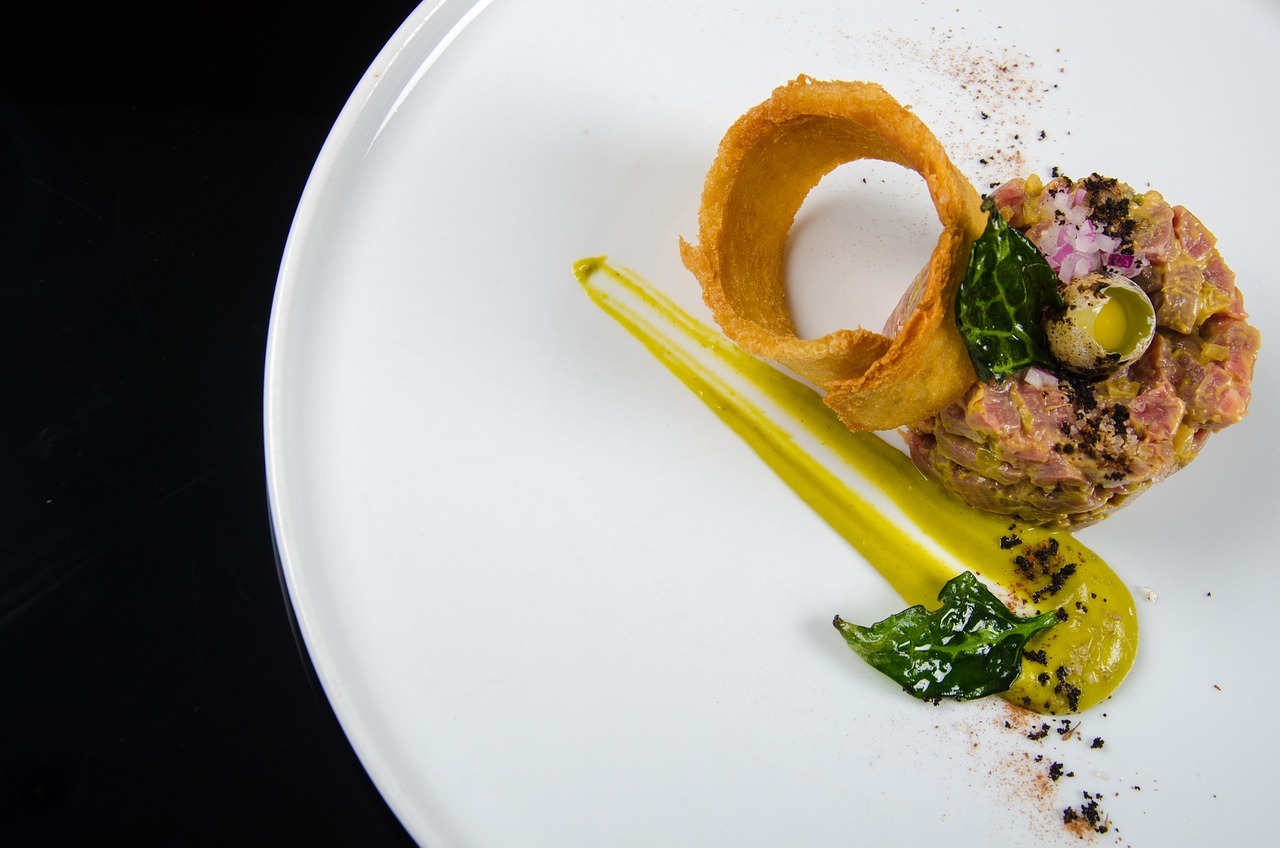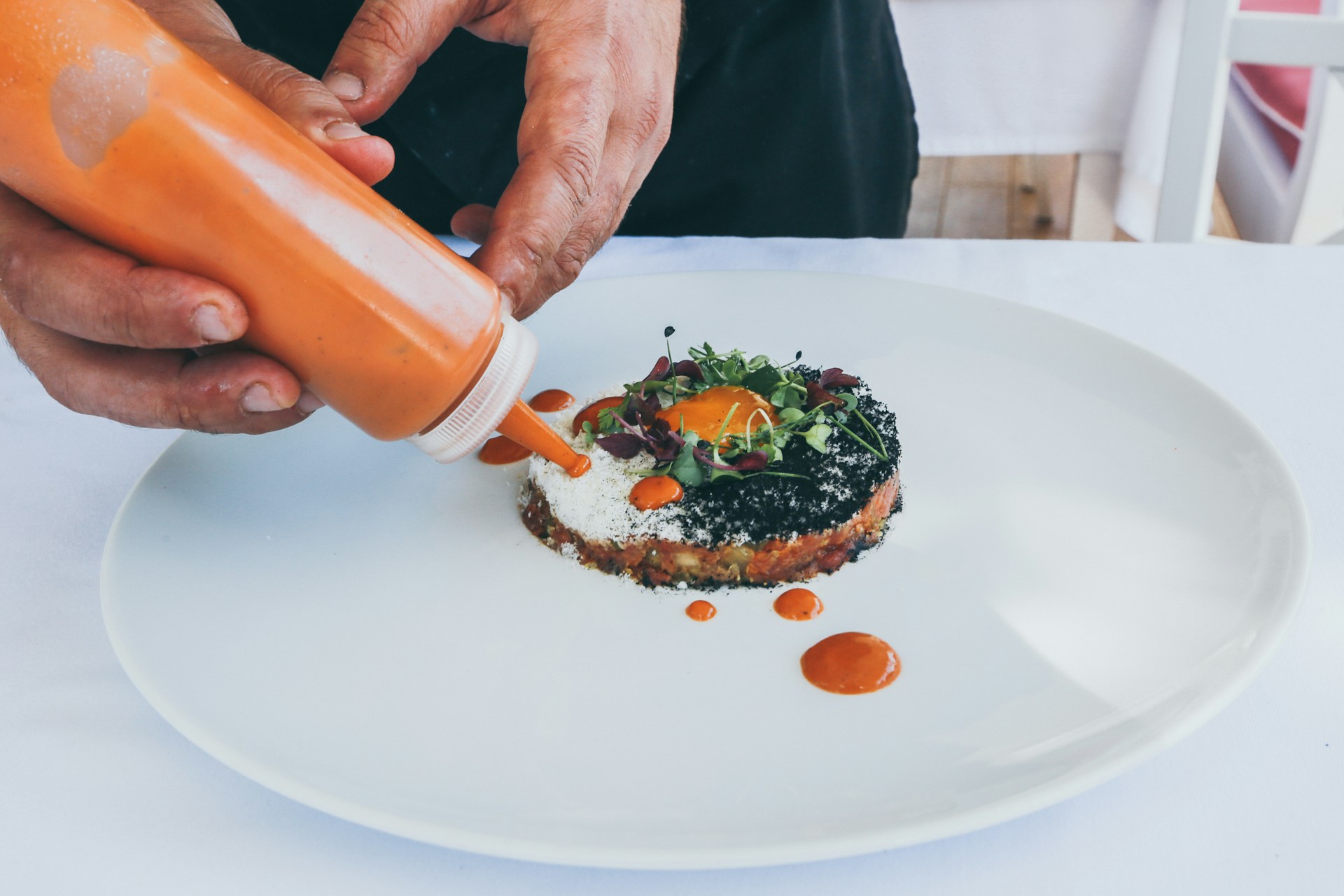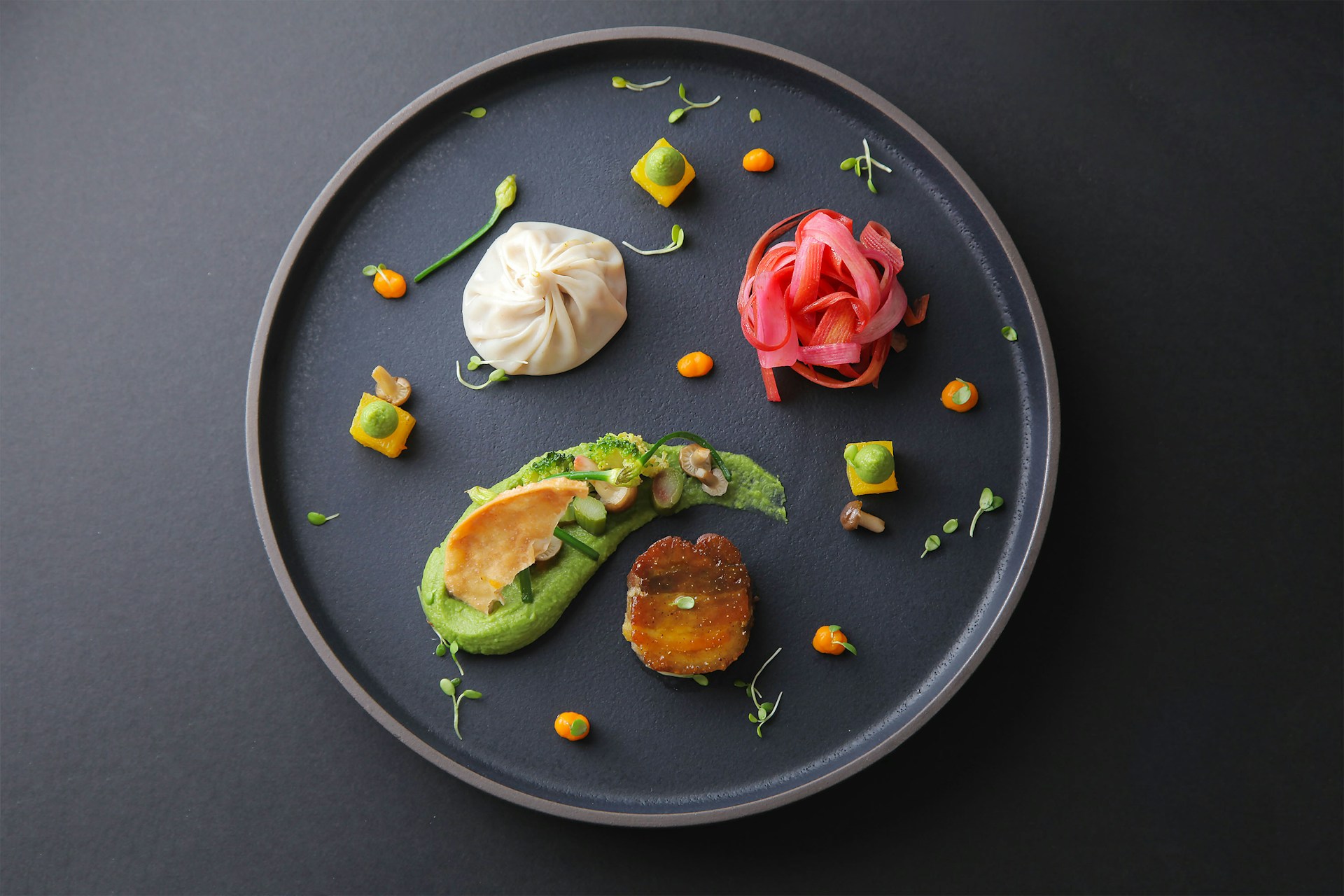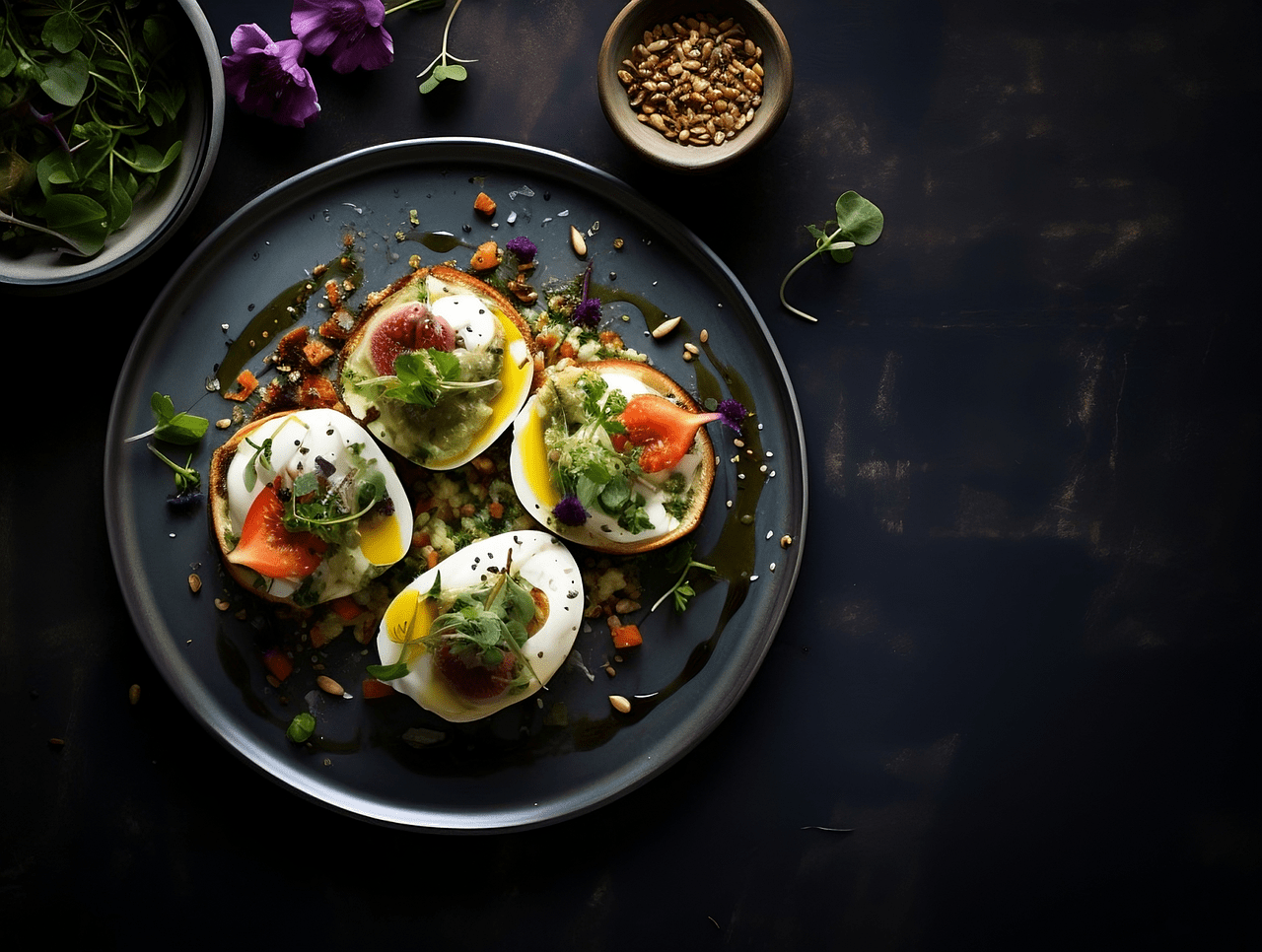Art isn’t just seen or heard; it’s often tasted. Traditionally, high art is seen as paintings, sculptures, or classical music. Yet, culinary arts deserve a spot in this esteemed category. Chefs are artists, and meals are their masterpieces, engaging all our senses. The culinary world has evolved, with chefs becoming celebrated figures and food transcending mere sustenance. It’s a blend of tradition, innovation, and expression. So, let’s explore why culinary arts are not just about feeding the body but also about enriching the soul, making them a true form of high art.
Historical Context and Evolution of Culinary Arts
Culinary arts have transformed remarkably from a basic human necessity to a sophisticated cultural symbol. This journey is not just about the evolution of taste and technique, but also about how society has come to view the creators of cuisine, the chefs, and their place in the tapestry of art and culture.
Initially, the act of cooking was purely functional – a means to survive. However, as civilizations evolved, so did their culinary practices. Food preparation became an art form, deeply intertwined with culture and tradition. Dishes and cooking techniques began to reflect not just the geographical resources but also the social norms, religious beliefs, and artistic trends of the times.
Chefs: From Cooks to Cultural Icons
In the early stages, chefs were merely seen as skilled laborers, confined to the backrooms of kitchens. However, this perception underwent a dramatic change, particularly during the Renaissance, a period that celebrated artistic and intellectual pursuits. Royal chefs started gaining prominence, not just for their cooking skills but also for their ability to innovate and present dishes in an artful manner. Fast forward to the present, and chefs are now revered as celebrities and visionaries.
Figures like Gordon Ramsay, Alice Waters, and René Redzepi are not just known for their culinary expertise but are also celebrated as artists and influencers, shaping the way society perceives and appreciates food.
Defining High Art
Understanding high art is crucial to exploring the place of culinary arts within this esteemed realm. High art is traditionally seen as the pinnacle of cultural achievement, a manifestation of refined taste, intellectual depth, and aesthetic sophistication.
Characteristics of High Art
High art is characterized by its pursuit of beauty, complexity, and profound meaning. It’s often associated with fine arts like painting, sculpture, and classical music. High art is meant to provoke thought, convey deep emotions, and express cultural or philosophical ideas. It’s typically preserved in museums and galleries, revered and studied by scholars and enthusiasts alike.
Criteria for Categorization
The categorization of an art form as ‘high’ often hinges on certain criteria. These include the level of skill and creativity involved, the intent behind the creation, and the reception by critics and connoisseurs. High art is usually distinguished by its longevity, its ability to transcend time and remain relevant, and its capacity to reflect and shape societal values and ideologies.
Culinary Arts: A Blend of Sensory Experiences
Unlike most traditional forms of high art, culinary arts offer a unique, multi-sensory experience. They engage not just one or two, but all five senses, creating a complex and immersive form of art.
Engaging All Five Senses
Culinary arts are a symphony of the senses. The visual presentation of a dish sets expectations and evokes emotions. The sound of a sizzle or a crunch adds to the anticipation. The aroma teases the olfactory senses, building a prelude to the main act. The texture and temperature of food add layers of tactile experience. Finally, the taste combines all the elements, delivering a complex narrative of flavors. This holistic engagement makes culinary arts a unique and powerful form of high art.
Comparison with Traditional High Art Forms
Traditional forms of high art, such as paintings and sculptures, primarily engage the sense of sight. Music and literature stimulate hearing and imagination, respectively. In contrast, culinary arts orchestrate an all-encompassing experience. While a painting or a piece of music can evoke emotions and thoughts, a culinary masterpiece engages the viewer (or rather, the eater) in an active, participatory experience. This immersive engagement of culinary arts challenges the traditional boundaries of high art, inviting a broader and more inclusive understanding of artistic expression.
Creativity and Skill in Culinary Arts
The culinary arts are a testament to human creativity and technical skill, much like the revered forms of high art. The creation of a dish involves imagination, innovation, and a mastery of technique that parallels the dedication and expertise found in traditional art forms.
Creativity in Recipe Development
Creating a recipe is akin to composing a piece of music or painting a canvas. It requires an in-depth understanding of ingredients and techniques, much like an artist needs to know their paints or musical notes. Chefs, like artists, experiment with textures, colors, and flavors to create something original and thought-provoking. They draw inspiration from their surroundings, their heritage, and their personal experiences, weaving a story into each dish that is both unique and relatable.
Skill and Precision in Culinary Execution
The execution of a culinary masterpiece demands precision, patience, and attention to detail, reminiscent of a sculptor chiseling a statue or a musician perfecting a composition. The meticulous timing in cooking, the artful plating of dishes, and the constant pursuit of perfection in taste and presentation require a level of skill and dedication that is undeniably artistic. The high-pressure, fast-paced environment of a professional kitchen further amplifies the intensity and precision required in culinary arts, much like a live performance or exhibition.
Culinary Arts as a Reflective and Expressive Medium
Culinary arts transcend the boundaries of mere taste and nutrition; they are a canvas for storytelling, cultural expression, and personal identity. Chefs, much like painters or writers, use their medium to convey messages, evoke emotions, and reflect societal trends.
Reflecting Cultural and Historical Narratives
Cuisine is deeply rooted in its cultural and historical context. Traditional recipes passed down through generations tell stories of heritage and identity. The ingredients, techniques, and flavors are a reflection of the land, climate, and the people. Culinary arts offer a glimpse into the history and evolution of societies, preserving traditions while also adapting and evolving with time, much like any other form of high art.
Chefs as Artists: Expressing Vision and Emotions
Chefs are the artists of the culinary world, using their plates as canvases to express their creativity, vision, and emotions. A well-crafted dish can convey a chef’s personal journey, their passion for sustainability, or their stance on social issues. The dining experience becomes an interactive form of art, where the consumer not only witnesses but also partakes in the artistic expression. This level of personal and emotional engagement sets culinary arts apart, positioning them alongside other expressive and impactful forms of high art.
Recognition and Institutional Validation
The culinary world, much like the spheres of painting, music, or literature, has its own set of prestigious awards and institutions that recognize and honor excellence. These accolades serve not only as a testament to individual talent but also as institutional validation of the culinary arts as a form of high art.
Prestigious Culinary Awards and Recognitions
The culinary field boasts several high-profile awards that recognize the artistry and innovation of chefs worldwide. The Michelin Guide awards up to three stars for outstanding quality, creativity, and consistency. The James Beard Awards, often referred to as the “Oscars of the food world,” celebrate culinary professionals in America for their excellence and achievement in their craft. These accolades, and others like them, place culinary arts on a pedestal, acknowledging the mastery and creativity involved in this field.
The recognition and institutional validation that culinary arts have received solidify their position as a form of high art, deserving of the same respect and admiration as traditional art forms. In the next section, we will delve into case studies of renowned chefs who have elevated culinary arts to the level of high art, showcasing their influence and the cultural impact of their work.
Conclusion
Culinary arts go beyond mere sustenance; they are a celebration of human creativity, a testament to the skill and dedication of chefs, and an immersive experience that engages all senses. The recognition through prestigious awards and the cultural impact of iconic chefs and culinary movements underscore the artistic value and societal significance of this field.
the culinary arts, with their rich heritage, intricate craftsmanship, and profound impact, stand not just as a form of high art, but as a vibrant testament to the boundless potential of human creativity and the universal language of food. As we savor each bite, we’re not just tasting ingredients; we’re experiencing a masterpiece, a piece of high art, crafted with passion, precision, and a deep understanding of the human experience.





